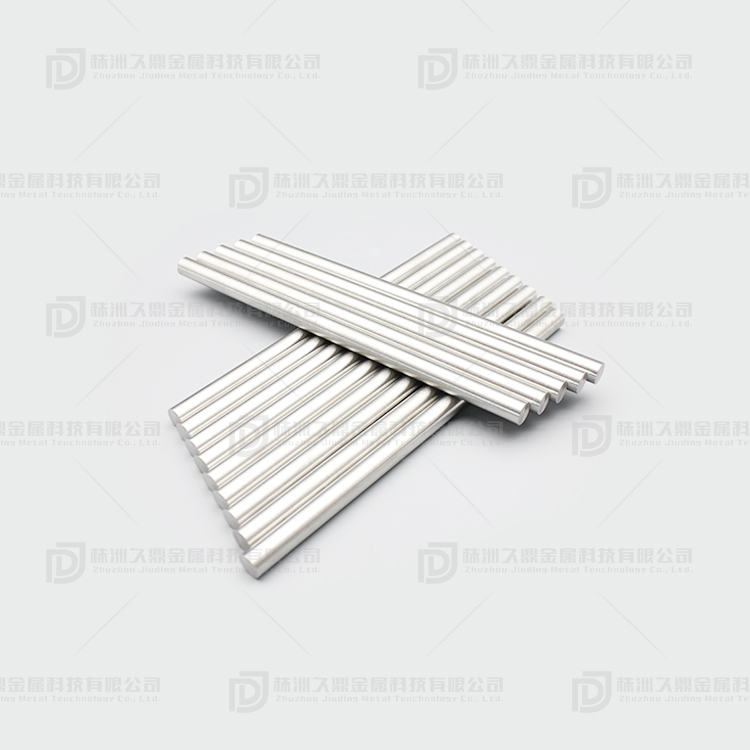Large-scale equipment and large-scale installations used in petroleum, chemical, nuclear, power, aviation, and aerospace industries, ranging from medical gas cylinders to civil gas cylinders, and with the rapid development of China’s economy, pressure vessel demand has been increasing over the past 10 years. All increase at 8%. In this context, on September 24, with the theme of "Better Pressure Technology for Better Life," the 14th International Pressure Vessel Technology Conference was held at the Shanghai International Convention Center.
As of 2014, China currently has more than 3.2 million pressure vessels in use, and nearly 5,000 related manufacturing companies have become well-known pressure vessels for manufacturing and use. As a university specializing in chemical engineering, East China University of Science and Technology has long enjoyed a high status and influence in the field of pressure vessel technology, except for a group of well-known pressure vessel technical experts at home and abroad, such as Lu Dingyi, Liu Zengdian, Li Peining and Tu Shandong. In recent years, remarkable achievements have been made in structural integrity, especially in the structural integrity of high-temperature equipment. Research objects have expanded from traditional pressure vessels to nuclear power, aviation, and aerospace.
"At the same time that the number is increasing rapidly, production facilities are constantly being enlarged in order to increase efficiency and reduce costs, leading to pressure vessels facing constant challenges in both extreme environments and extreme dimensions." International Pressure Vessels Council Asia Pacific Regional Committee Chairman, Professor Tu Shandong of East China University of Science and Technology pointed out that the extremes of pressure vessels will inevitably bring about changes in failure modes and mechanisms. This requires the development of new design criteria and methods, as well as materials, manufacturing, inspection, and in-service maintenance. Technology makes higher demands. In this regard, he summarized it with the phrase "higher pressure, greater motivation, and stronger responsibilities."
According to Prof. Chen, Chairman of the Pressure Vessel Subcommittee of the China Mechanical Engineering Society, and the executive chairman of the conference, China has made considerable progress in the area of ​​pressure vessels in the past 10 years. Pressure vessel design, manufacturing and maintenance technologies have reached the same level in the developed countries. Ten years ago, the accident rate of China's million-unit equipment was 0.8, and that of Europe and the United States was 0.5. Now, the accident rate of China's million-unit equipment has dropped to 0.39, which is similar to that of the United States and Europe. The localization rate of equipment also rose from 80% 10 years ago to 98% now.
The implementation of "Made in China 2025" is an important measure for China to transform from a manufacturing power to a manufacturing power. The "Made in China 2025" strategy implementation includes five major projects (smart manufacturing, green manufacturing, high-end equipment innovation, industrial strengthening, and national manufacturing innovation center construction) and 10 key areas (high-end CNC machine tools and robots, aerospace Equipment, a new generation of information and communication technology industries, Hangyang engineering equipment and high-tech ships, etc.) are all closely related to pressure vessels. It is believed that these advances in pressure vessels will provide great help for the realization of "Made in China 2025" and also provide opportunities for the realization of goals.
Tungsten Alloy Rods For Counterweight
Tungsten alloy rods are commonly used as counterweights in various applications due to their high density and excellent mechanical properties. These rods are made by combining tungsten with other metals such as nickel, iron, and copper to create a material with a high density and high strength.
The most common application for tungsten alloy rods as counterweights is in the aerospace industry. They are used to balance aircraft control surfaces, such as ailerons and elevators, to ensure stable flight. Tungsten alloy rods are also used in the automotive industry as counterweights for crankshafts and flywheels to reduce vibration and improve engine performance.
In addition to their use in aerospace and automotive applications, tungsten alloy rods are also used in the medical industry as radiation shielding and in sports equipment as golf club heads and fishing weights.

Tungsten alloy rods are available in a range of sizes and shapes to meet specific application requirements. They can be machined, drilled, and threaded to fit into various components and assemblies. Overall, tungsten alloy rods provide a reliable and effective solution for counterweight applications.
Tungsten Alloy Rods For Counterweight,Tungsten Alloys Rod,Pressed Tungsten Alloy Bar,Pure Tungsten Alloy Rods
Zhuzhou Jiuding Metal Technology Co., Ltd. , https://www.zztungstenheavyalloy.com